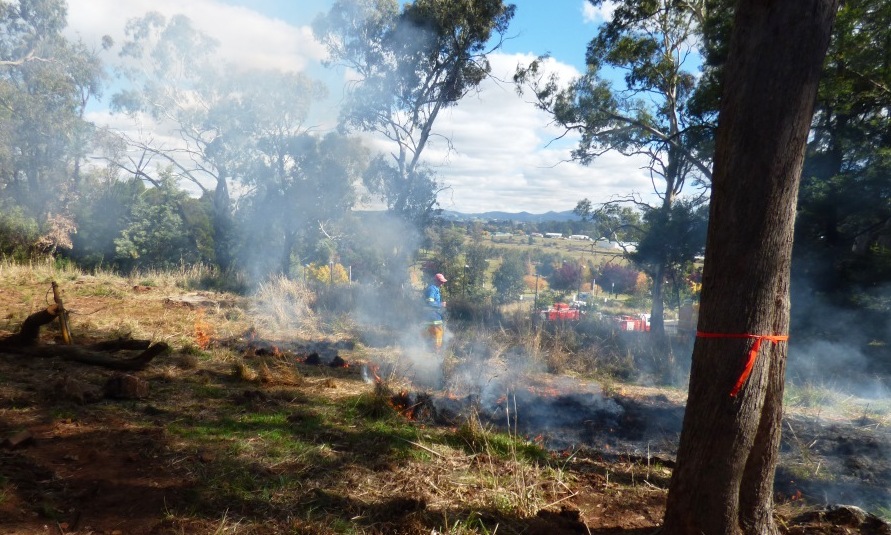 An
Aboriginal Nature and Bioscience Park at Charles Sturt University (CSU) in
Orange will aim to rejuvenate the campus and preserve the local Aboriginal
knowledge base.
An
Aboriginal Nature and Bioscience Park at Charles Sturt University (CSU) in
Orange will aim to rejuvenate the campus and preserve the local Aboriginal
knowledge base.
The Park is the first of its kind for CSU Orange and the University is working with the Orange Local Aboriginal Land Council to rejuvenate the remaining area of original vegetation at the campus and ensure it is utilised for educational, research and recreational purposes.
Aboriginal Nature and Bioscience Park Project Manager Dr Cesidio Parissi believes the Park will not only provide opportunities for the future but also preserve the knowledge of the past.
"As part of the process to rejuvenate the land we are working with local Aboriginal Elders to discover the original use of the land, the flora and fauna that was here and also explore new species that could thrive in the area," Dr Parissi said.
"Due to this campus' history as an agricultural college much of the land has been cleared for teaching and research purposes. This project will restore the remaining area of original vegetation and create a communal space that will allow education, research, recreation and culture to intertwine."
The Park will feature a Yarning Circle, pathways, environmentally sustainable lighting and signage to encourage use by students, staff and the local community.
"The Park will provide medicinal and horticultural research facilities, teaching space and space for people to connect with their environment. We hope the Park will also strengthen the connection between Charles Sturt University, the township of Orange and the local Aboriginal communities while also allowing Aboriginal students greater connection to their campus," Dr Parissi said.
The first stage of establishing the Park commenced on Saturday 11 April 2015 with a traditional patchwork burn which aimed to rid the area of weeds and trigger any original understorey species held in the soil seed bank.
"Fire is a very natural process in Australia and natural fire cycles exist to rejuvenate the bush by breaking open new seeds and triggering regrowth," Dr Parissi said.
"We will conduct three burns to eliminate weeds from the areas and encourage original vegetation to grow again. We will work with the Orange Local Aboriginal Land Council to introduce other species and establish the Park."
Preparations for the patchwork burn revealed three scarred trees which are significant Aboriginal cultural artefacts and tools of post-colonial origin, and an uninterrupted view of Mount Canobolas, a sacred site.
The Aboriginal Nature and Bioscience Park was funded by a sustainability grant from CSU Green.





Social
Explore the world of social